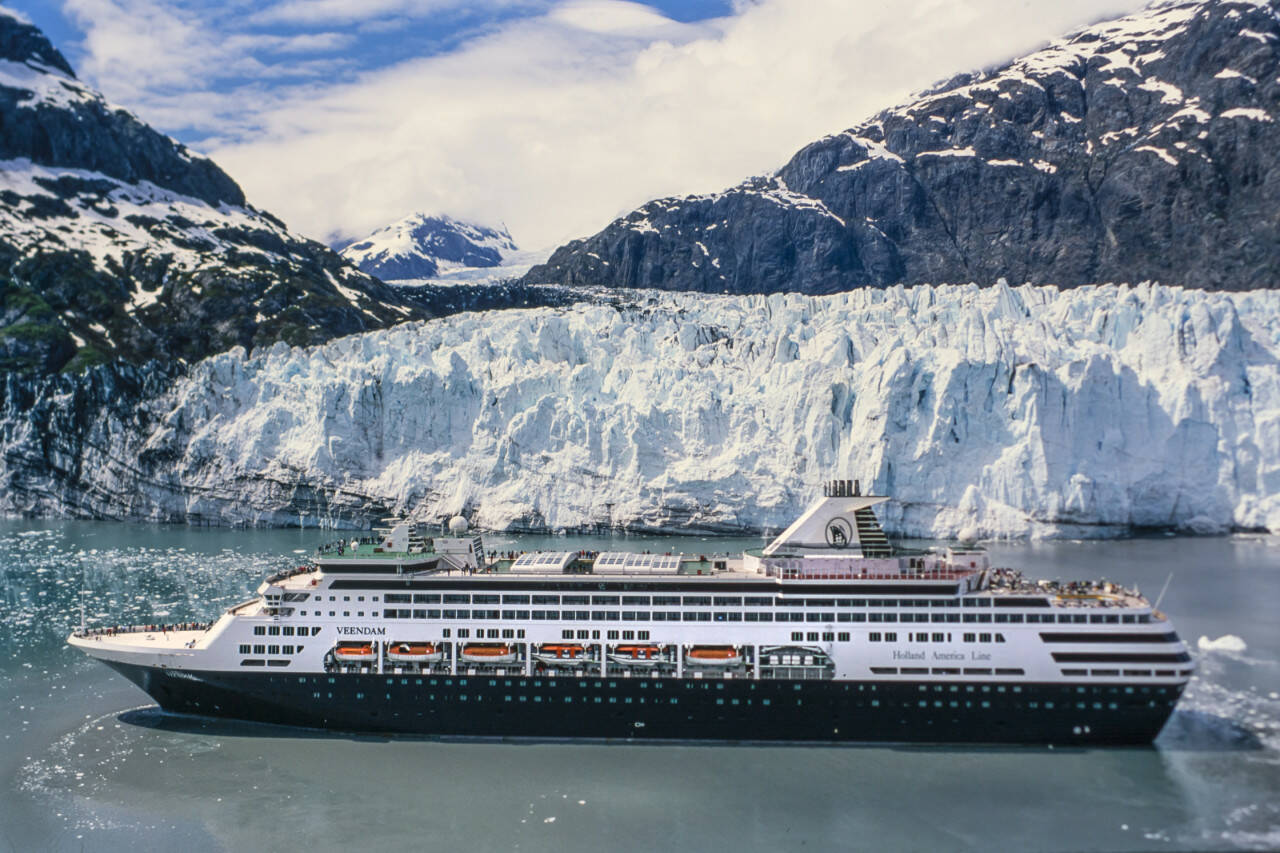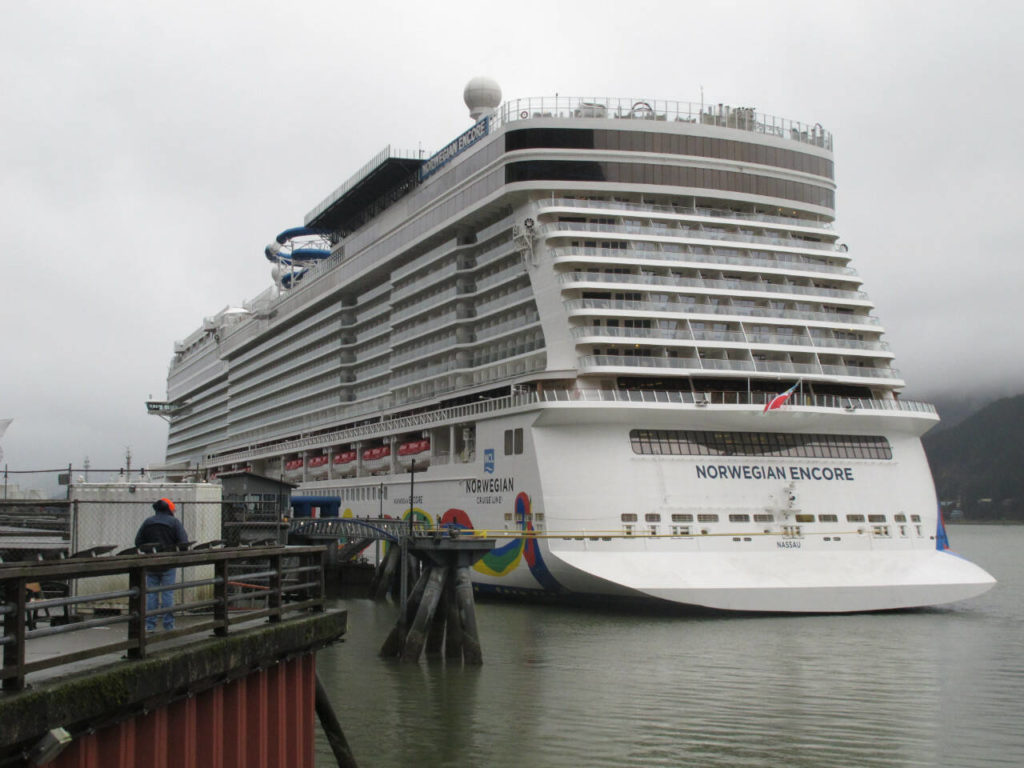By Scott Laird, TravelPulse
Shopping for Alaska cruises can often lead to analysis paralysis, with so many different options to consider. Most big ship cruises follow a similar routing, with most calling at Ketchikan, Juneau and Skagway at a minimum — but that’s where the similarities end.
Alaska’s destination appeal has also broadened. The state once fully embraced its position on so many travelers’ “trip of a lifetime” lists in its marketing efforts, and many travelers are indeed visiting for the first time on journeys they might consider to be the pinnacle of their travel adventures. But many travelers are repeat visitors, having visited perhaps on a big ship cruise and returning again to try a different itinerary or a cruise tour to a lesser-traveled part of the state.
If you’re considering an Alaska cruise, here are several questions to get answered in the earliest stages of planning to help narrow the field of options.
Big ship or small ship?
You won’t find the largest megaships cruising Alaskan waters, but some of them are close. The largest ships cruising to Alaska in the summer of 2023 top out just under 5,000 passengers, but most range between 2,000 and 3,000. Princess Cruises and Royal Caribbean are currently deploying the largest ships to Alaska.
There are also small ship cruise lines, like UnCruise Adventures, National Geographic Expeditions and Alaskan Dream Cruises. They don’t offer as many onboard amenities as the big ships (you won’t find a casino) but their tradeoff is they can get into much more secluded parts of the Inside Passage, and wildlife will be more visible closer to the water.
Travelers seeking a balance might try cruise lines sailing medium-sized ships, typically in the luxury sector, including Silversea, Seabourn or Regent Seven Seas Cruises.
Does the cruise line matter?
Alaska cruise lines range from the world’s most well-known mass-market cruise lines to intimate expedition ships and luxury yachts.
Travelers absolutely set on cruising Glacier Bay should know that the park entrance permits are allocated by seniority, so the cruise lines with the longest histories of cruising Alaska generally get the most permits. Holland America Line and Princess Cruises, both longtime operators in Alaska, generally tend to have the most permits. Those two cruise lines also offer a standout amenity: passengers on select fishing excursions can have their catch prepared and served to them in the dining room onboard the ship.
Choice of cruise line can also affect the land experience. Princess and Holland America Line operate as almost a joint venture in Alaska shore operations, and their Carnival Corp stablemates Carnival Cruises, Seabourn and Cunard all benefit from that infrastructure.
Separately, Royal Caribbean and Celebrity have their own combined land operation in Alaska, which has been noted by passengers for its quality.
It’s worth noting that the largest cruise lines typically rely on seasonal summer workers to staff their shore operations. In contrast, many of the smaller ship lines or lines with smaller footprints in Alaska may rely more heavily on local operators with local staff — so if that’s the experience travelers are seeking, it’s another thing to take into consideration.
Most cruise brands to great lengths to tailor their experiences on Alaska sailings to capture the essence of the destination—Princess Cruises, for example, focuses on provisioning a bounty of Alaska-caught seafood for passenger meals, while Holland America Line brings Glacier Bay park rangers and Huna Lingít guides onboard to share their knowledge with passengers.
Is a balcony stateroom worth the cost?
More than perhaps any other destination (in my opinion) balcony staterooms are worth it in Alaska. Most Alaska itineraries include some component of scenic cruising, and cruises up the Inside Passage have no shortage of scenery for much of the voyage.
There’s also a practical application. When planning for a day ashore at an Alaskan port, it helps to be able to step outside and get a feel for the temperature—smartphone weather apps only go so far, and 60 degrees Fahrenheit hits differently in Alaska than it does other places. Is it humid? Windy? Cool? A balcony stateroom means that first “feel” of the weather is just a step away instead of down a long corridor and up to an open deck.
Round trip or one way to Alaska?
Yes, Alaska cruise itineraries offer both options. One-way itineraries typically sail from either Whittier or Seward (the nearest airport for both is Anchorage) to Vancouver, British Columbia. Round-trip sailings to Alaska often start and end in Seattle or — less frequently — San Francisco.
Round-trip itineraries are generally offered on larger ships and sometimes have time for fewer Alaskan ports or scenic cruising because Customs formalities require a stop in Canada (typically Victoria, British Columbia) on the itinerary. They can also have higher cruise fares because the convenience factor of embarking and disembarking the same port makes them slightly more popular, but it must also be noted that the 7-day sailings only visit southeast Alaska before returning south — skipping south-central Alaska entirely.
The one-way itineraries embarking from either Anchorage or Vancouver are perfect for travelers wishing to extend their journeys on either side. On the Alaska side, each cruise line has its preferred port (Whittier or Seward). Whittier is closer to Anchorage, but there’s spectacular scenery to be seen on the journey via rail or coach from Seward (where there are also some pretty fantastic excursions and lodges to explore before heading north).
Cruise or cruise tour?
Many Alaska cruises are sold in combination with land packages to Denali and parts of the interior. There are a couple of things to watch out for on these, as the experience will differ from the cruise portion.
Most notably, the land portion of cruise tours do not include meals, so guests who were enjoying an endless stream of food onboard the ship will find themselves suddenly having to take out their wallets again. Cruise tours also have more regimented schedules involving several early mornings for train or coach departures. The benefit of a cruise tour, however, is paying a single price for the entire trip, and having the ability to prebook excursions and activities from a single portal without the need to sift through seemingly endless independent options at each stop.
Travelers who prefer a more freestyle pace touring, either before or after their cruise, may wish to book the cruise-only and make their own tour arrangements in Alaska, but there’s one important note — it’s worthwhile booking transfers between either Whittier or Seward and Anchorage, as independent transfers and rental cars in both ports can be hard to come by. Consider Anchorage the true beginning or end of the cruise for the smoothest transition from land to sea.
Talk to us
> Give us your news tips.
> Send us a letter to the editor.
> More Herald contact information.


























